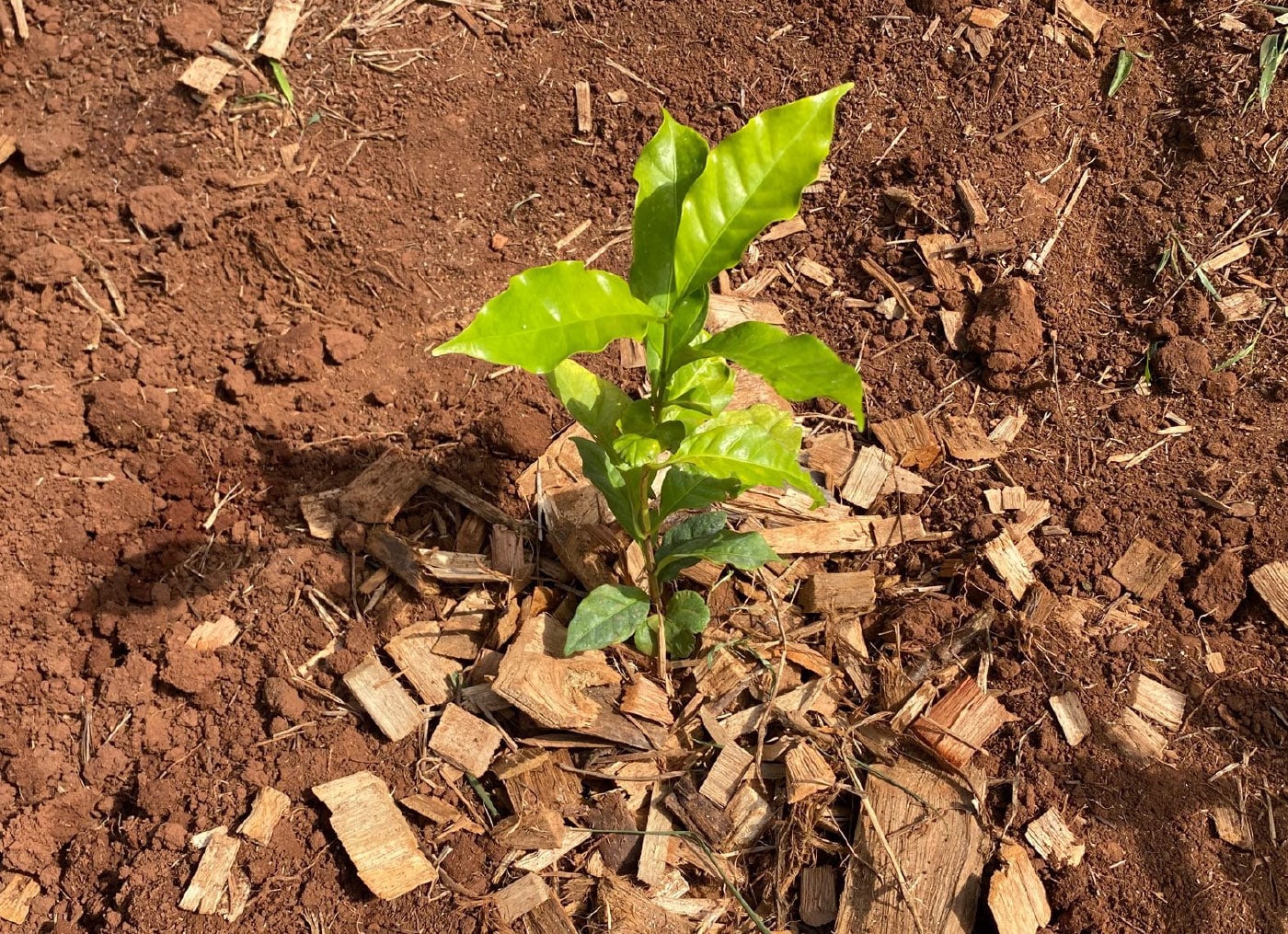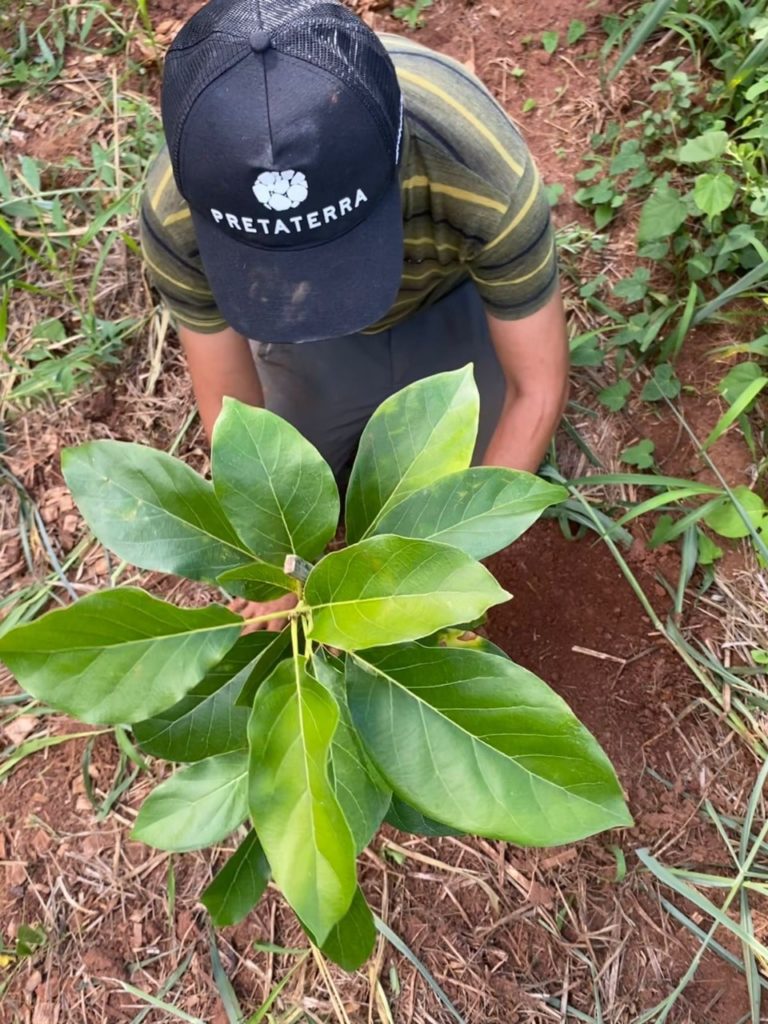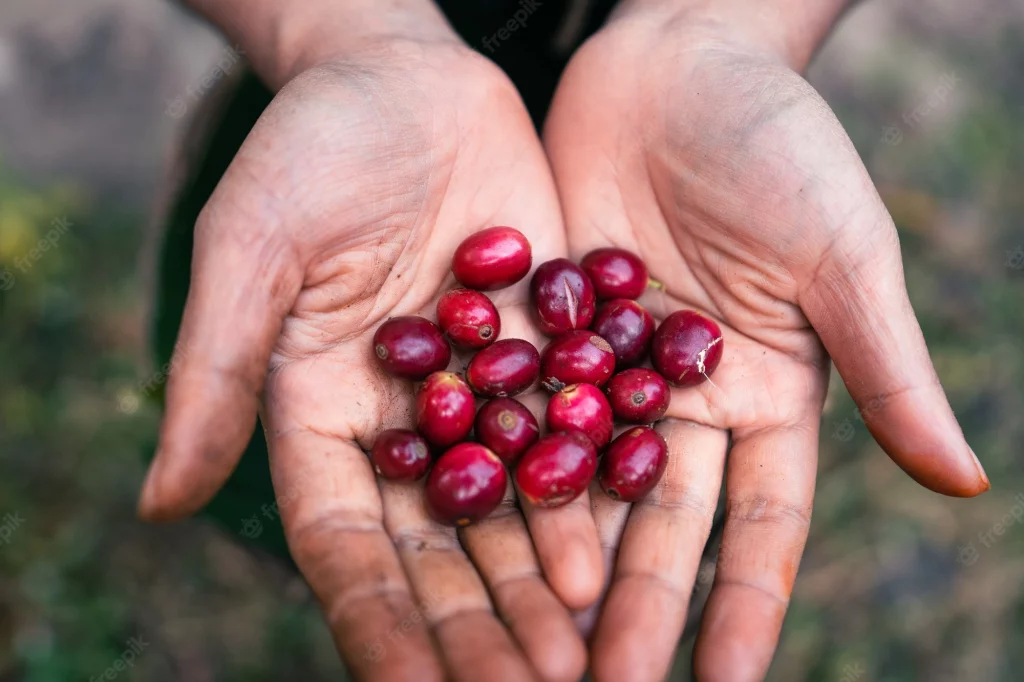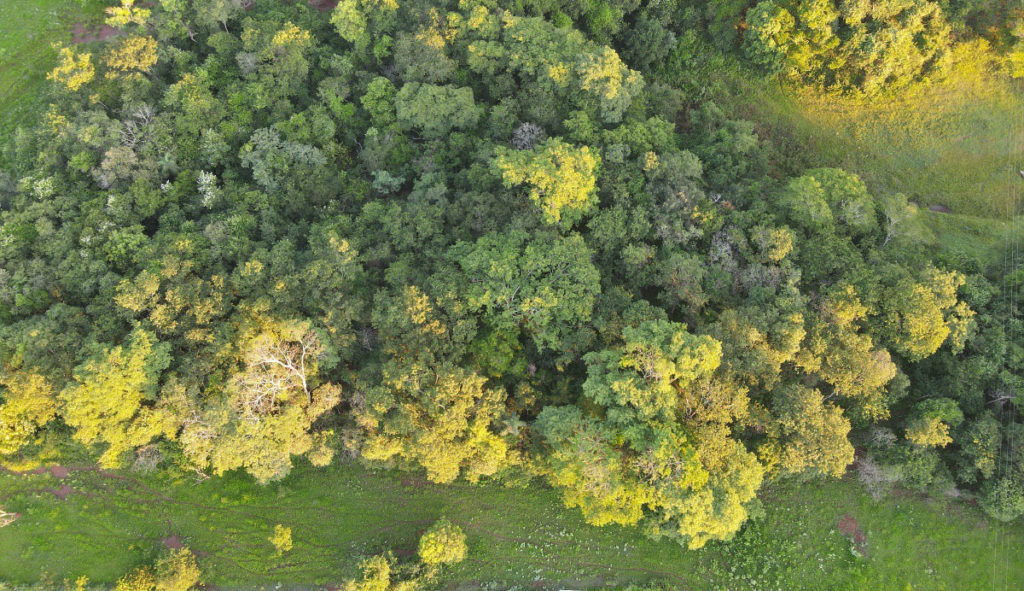
In the third post of this series (see the first on here), in which we explain the agroforestry systems that we are planting in the Timburi Project, we are going to talk about the SAF coffee for other productive or degraded areas, which is a little different from the SAF coffee for converting monoculture areas, which we talked about on here.
As the Timburi region has an aptitude for this culture, certain infrastructure for coffee processing and many coffee growers, in addition to an agroforestry design for converting areas where coffee is already planted, we also planned a design with coffee for planting from scratch. , for farmers who want to expand their business or be included in this value chain.
Where are these systems being planted?
This agroforestry design is intended to be implemented in degraded areas, for example in deactivated pastures not used for agriculture or with low productivity crops. After collecting soil samples and sending them to the laboratory for chemical and physical analysis, the necessary inputs were calculated and operations planned. Yes, it is possible to do agroforestry on degraded soil (see more about on here).
What is the logic of this system?
In this system, coffee is planted in triple rows with a spacing of 3 meters between them, which allows for mechanization. Every 3 lines we have a line of trees that is composed of wood species with long cycle and high added value, fruit trees with a medium crown, medium-cycle exotic wood species and service species, for the production of biomass and fruits. The objective of this agroforestry design, in addition to coffee production, is the production of fruits, such as guava and native fruits, to supplement the producer's income. The presence of trees guarantees partial shade and protection for the coffee plantation during drought and possible frosts and guarantees ecosystem services throughout the entire cycle, with service species, medium and long cycle trees.



